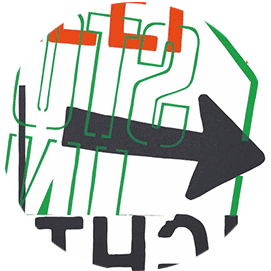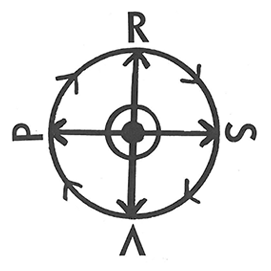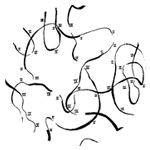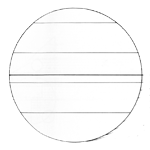Path 00
Chapter 0: The Ground
A Personal Beginning
In 2007, violist Mary Oliver and contrabassist Rozemarie Heggen invited me to write a piece for their duo incorporating improvisation. Despite my diverse experience writing chamber music, free improvising, interpreting, and working in a host of interdisciplinary formats, the request seemed odd.“Why … Read Chapter
Path 01
Seeing the Full Sounding
For the improviser, the physicality of producing sound (the hardware) is not a separate activity from the thoughts, emotions and ideas in music (the software). In the act of creation, there is a constant loop between the hierarchy of factors involved in the process. My … Read Chapter
Path 03
Entextualization and Preparation in Patterson’s Variations for Double-Bass
Introduction
Most composers of notation for improvisers are improvisers themselves. This is no coincidence. As composer-pianist and improvisation scholar Vijay Iyer has noted,
The most savvy composers writing for improvisors are those with personal experience as improvisors – those who possess an intimate understanding of … Read Chapter
Path 04
Invitation to Collaborate — Répondez s’il vous plaît!
Notation is an invitation to collaborate.1
In the planning of communities a score visible to all the people allows each one of us to respond, to find our own input, to influence before decisions are made. Scoring makes the process visible.2
Collectivity … Read Chapter
Path 05
Say No Score: a Lexical Improvisation after Bob Ostertag
A Score can become a notch cut or line, an account kept, number of points made, set of twenty, a topic, piece of good fortune, worst in repartee, and much more. And not to forget a Partitura from the Latin Pars indicating both partial, direction … Read Chapter



